- the paper presents a method for importance sampling linear lights such as fluorescent tubes
- rendering unbiased, nearly noise-free diffuse and specular shading by sampling a linearly transformed cosine (LTCs)
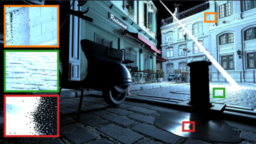
- article describes how AMD Smart Access Memory allows applications full access to GPU local memory
- provides information on how the memory is exposed
- additionally provides performance advice on the usage

- the article provides an introductory overview of HDR concepts
- covering color spaces, color primaries, Transfer functions
- presents the integration into our machinery
- additionally covers blending, precision, and other common issues
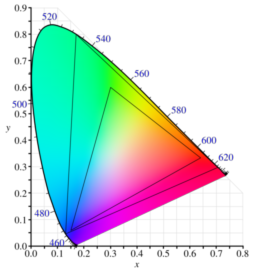
- the paper presents a polarizing filter function for specularly reflected light
- support for direct and image-based light sources
- presents integration into Falcor rendering framework
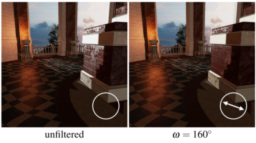
- the article shows an overview of new features and changes presented at WWDC21
- covering raytracing integration into tile memory, motion blur, shadows, and improvements to raytracing debugging
- additionally presents bindless binding, improved debugging tools as well as texture compression library
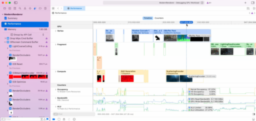
- the post shows how the Mali hardware operates and exposes multiple graphics queues
- presents how to run multiple graphics and compute workloads in parallel
- discussing performance and hardware considerations
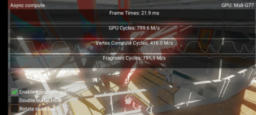
- the blog presents a comparison between color’s luminance and lightness
- shows that colors with the same luminance are perceived differently (The Helmholtz–Kohlrausch Effect)
- presents different models that can express this
- closing by presenting a few ideas the author thinks the models could be used to improve results

- the video presents an overview of all blend modes supported from the shader graph node
- shows the equation for each blend mode and discusses the effect
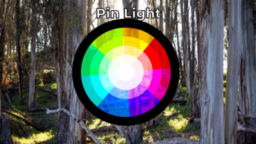
Thanks to Neil Bickford for support of this series.
Would you like to see your name here too? Become a Patreon of this series.